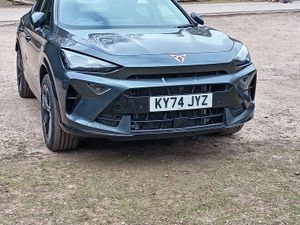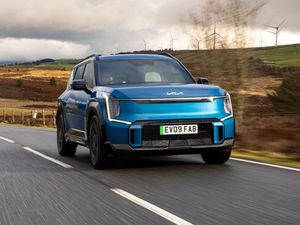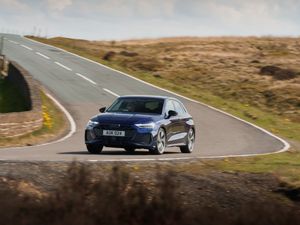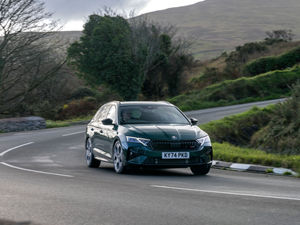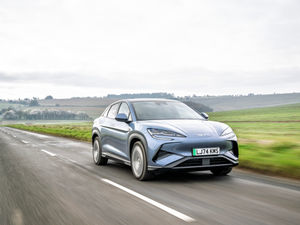UK Drive: Does the Hyundai Tucson make the most sense in plug-in hybrid form?
The Tucson majors on style, but in plug-in hybrid from also hopes to entice with low running costs. Darren Cassey puts it to the test.
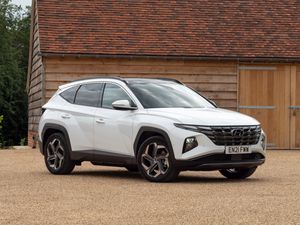
What is it?

When the fourth-generation Hyundai Tucson was revealed it was quite the shock. Gone was the run-of-the mill SUV of the past, and in its place was a striking new model that clearly had one eye on the premium segment.
The Tucson is the firm’s global best-seller, so such a radical redesign was a bold choice aimed at grabbing an even bigger slice of the sales pie. Judging by the number you see on the road it looks to have been a success – but has the introduction of a plug-in hybrid powertrain enhanced the appeal?
What’s new?

When the new Tucson burst onto the scene in December 2020, it was a case of revolution over evolution. It was given that new-look exterior with the funky ‘Parametric Hidden Lights’ up front, while the cabin was modernised with a clean look and upgraded technology.
It also received a series of electrified powertrains, more space inside, electronically controlled suspension tuning, advanced driver assistance technology and all-wheel-drive options to provide more security in poor weather conditions.
Throughout the car there are improvements to the specification, too, such as a series of new body colours, improved infotainment and connectivity systems, and new ventilation technology.
What’s under the bonnet?

Each of your engine choices are based around a 1.6-litre petrol engine, with choices ranging from no electrification, a mild-hybrid, a self-charging hybrid, and a plug-in hybrid.
It’s that final option which we’re testing today and it pairs an electric motor with the petrol unit to provide a combined output of 261bhp and 350Nm of torque. The motor is powered by a 13.8kWh battery that brings a range of up to 35 miles.
Official economy figures for plug-in hybrid vehicles are never particularly indicative of real-world driving, so you’ll only achieve the claimed 202mpg figure if you’re always charging and rarely using the petrol engine. We achieved 45-50mpg over the course of our time with the car, though considering we didn’t top up the battery this is pretty respectable.
What’s it like to drive?

As with any electric motor-driven vehicle, there’s a real sense of urgency to the Tucson’s throttle response at lower speeds. However, it’s clearly been tuned to offer more of a surge than an instant punch to suit its family car duties.
It’s pretty quick, though, meaning that you can pull off overtakes with little fuss and the engine settles down nicely at motorway speeds. ‘Fuss free’ is a common theme to the Tucson’s driving experience, as it’s one of those cars that does little to excite but offers little to complain about, either.
Visibility is pretty good when driving around town and the pedals and steering weights are well-judged, so it’s easy to make smooth progress in traffic. Then once out on the open road it’s not to stiff on rough roads but comfortable enough for long distance trips.
How does it look?

The Tucson’s trump card is its styling. Hyundai really went to town on the old model and completely overhauled the exterior to create one of the most striking SUVs on the market. Key to this bold new look is the front end, which has those ‘Parametric Hidden Lights’, giving the car a unique signature at night.
It looks great during the day, too, and despite having such a prominent grille design it works well. There are sharp angles and creases across the car too, with those above the wheelarches in particular almost giving it a wide body appearance.
There’s a similarly positive story at the rear, with a full-width light bar framed by a pair of vertical lights that continue the sharp, modern lines seen across the Tucson’s design.
What’s it like inside?

While the exterior design might be hard to fault, it’s perhaps the cabin where the premium feel falls a little short. It lacks some of the finer details in its design, while the materials feel a little cheaper in places, but there’s been huge progression in Hyundai’s cabins in recent years and the latest Tucson is another decent step.
It’s practical, though, being bigger than its predecessor. With this in mind it’s great for families, even if the boot is slightly smaller than non-hybrid models to account for the batteries. Taller drivers might find things a little cramped up front with pedals that feel a little too close for comfort, but for everyone else long journeys should be a breeze.
When it comes to the infotainment we’ve been left largely disappointed. The screen is large and clear, but there are numerous fiddly buttons that made navigating menus unintuitive. Also it may have been an issue unique to our car, but Apple CarPlay would not connect.
What’s the spec like?

There are four specifications on the plug-in hybrid model, called N Line, Premium, N Line S and Ultimate. The N Line and Premium both start at £39,330, with the former getting sporty touches inside and out, while the Premium gets 19-inch alloy wheels, adaptive cruise control and an eight-speaker premium audio system.
N Line S starts at £41,250 and builds on the entry sporty model with many of the features found on the Premium trim, while the top-spec Ultimate starts at £42,030 and gets a big specification including ventilated front seats, panoramic glass sunroof and black leather upholstery.
Verdict
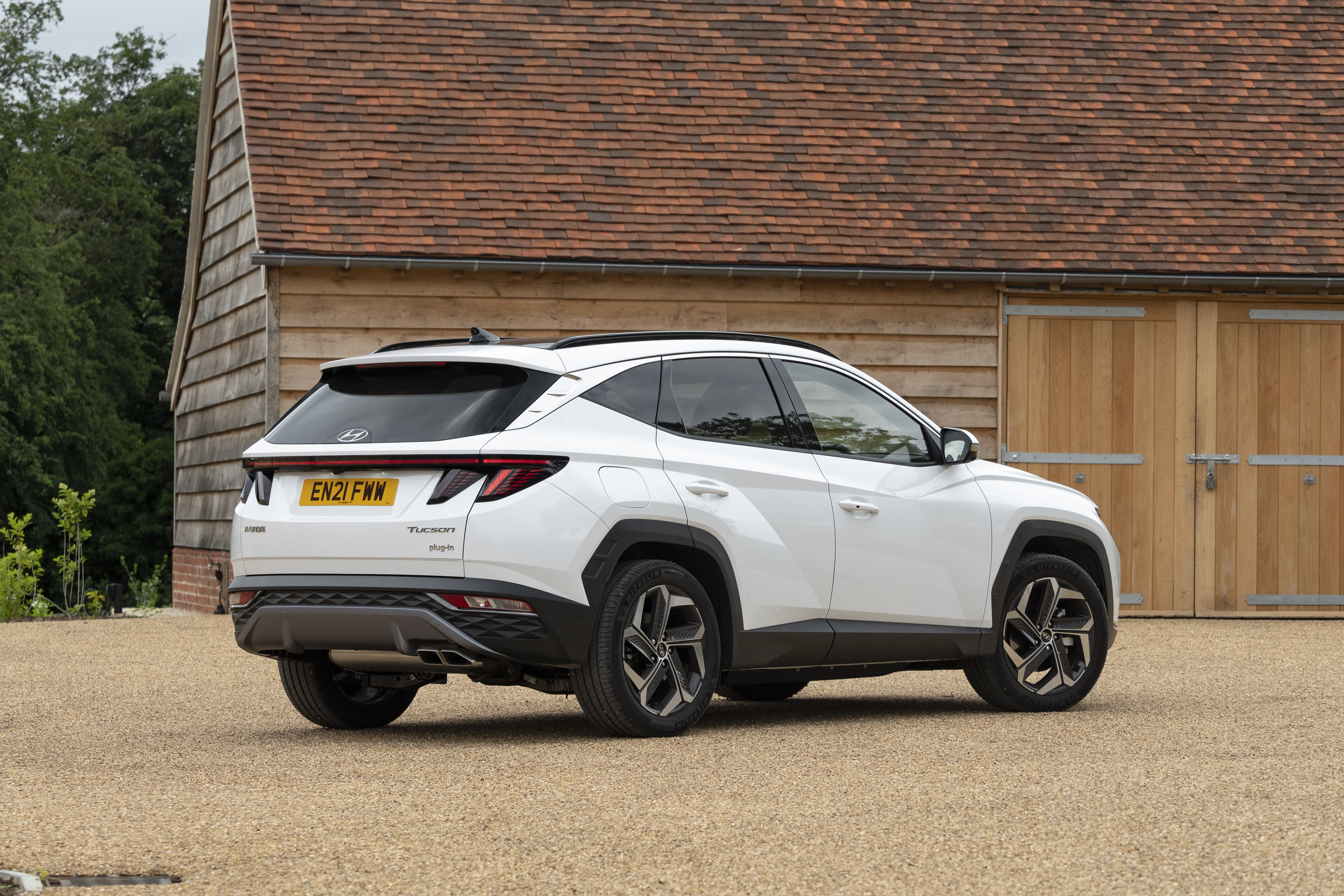
With this being Hyundai’s best-seller, it’s no surprise that it has given the Tucson such an overhaul and bestowed it with so many features that will make it appealing. There’s no denying it looks fantastic and the overall impression of the cabin is positive and practical.
However, it just falls short of greatness through some disappointing driving position ergonomics and awkward technology integration, while the price puts it close to more polished rivals.
It’s an admirable effort from Hyundai – a brand that is on the up and up. If that styling alone is enough to have you interested, you’re unlikely to be too disappointed by its negative aspects.

